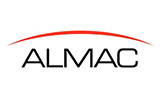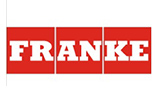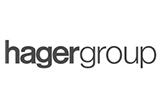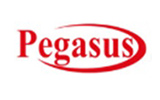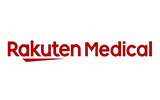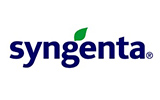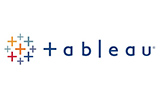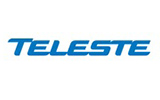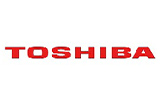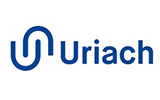
The global VR in healthcare market was valued at $240.91 million in 2018 and is projected to reach $2,383.68 million by 2026, registering a CAGR of 33.18% from 2019 to 2026. Virtual reality is one of the current trends in the fields of healthcare and medicine. It reality is the creation of computer generated simulated virtual environment to provide real-life sensory experience to the person. It creates a highly immersive, visual and three-dimensional environment, in which an individual is able to manipulate virtual objects and perform a series of tasks. The environment is either of real or simulated world, in which an individual is able to feel and interact with the objects and characters. Virtual treatment has certain advantages over conventional methods of treatment such as virtual treatment often eliminates the use of drugs and complex invasive surgical procedures for treatment; thus, saving the cost and time.
The major factors that drive the growth of the global virtual reality in healthcare market include rise in incidences of neurological disorders, increase in demand for innovative diagnostic techniques, and increase in awareness regarding the benefits of VR technologies. Moreover, recent advancement in the field of information technology such as advanced computer, laptop, internet connectivity, and mobile applications further fuel the market growth. However, high cost of treatment, data privacy concerns of the users, and inaccessibility to virtual reality technology in developing economies are expected to hinder the market growth.
The global virtual reality in the healthcare market is segmented on the basis of technology, product, end user, and region. On the basis of technology, the market is segmented into head-mounted, gesture-tracking, and projector & display walls. The market, on the basis of product segmented into VR semiconductor components, VR devices, VR sensors, and others. Based on end user, the VR in healthcare market is categorized into hospitals & clinics, research laboratories, and other end users. Region wise, the market is analyzed across North America, Europe, Asia-Pacific, and LAMEA.
Some of the strategies adopted by top industry players include new product launches. For instance, recently in 2019, AT&T and VITAS Healthcare launched a study combining 5G with virtual reality to help reduce anxiety and chronic pain for hospice patients. The report provides a comprehensive analysis of the key players operating in the global VR in healthcare market, which include Microsoft Corporation, Alphabet Inc. (Google), General Electric, Koninklijke Philips N.V. (Philips), SyncThink Inc., Firsthand Technology Inc., AppliedVR, Inc., EchoPixel, DAQRI, and Orca Health, Inc.
KEY BENEFITS FOR STAKEHOLDERS
? This report provides a detailed quantitative analysis of the current market trends and future estimations from 2019 to 2026, which assists to identify the prevailing market opportunities.
? An in-depth analysis of various regions is anticipated to provide a detailed understanding of the current trends to enable stakeholders to formulate region-specific plans.
? A comprehensive analysis of the factors that drive and restrain the growth of the global AR in healthcare market is provided.
? An extensive analysis of various regions provides insights that allow companies to strategically plan their business moves.
KEY MARKET SEGMENTS
By Product
- VR Semiconductor Components
- VR Devices
- VR Sensors
- Others
By Technology
- Head-Mounted
- Gesture-Tracking
- Projector & Display Walls
By End User
- Hospitals and Clinics
- Research Laboratories
- Others
By Region
- North America
o U.S.
o Canada
o Mexico
- Europe
o Germany
o France
o Spain
o Italy
o UK
o Rest of Europe
- Asia-Pacific
o Japan
o India
o China
o Australia
o Rest of Asia-Pacific
- LAMEA
o Brazil
o Saudi Arabia
o South Africa
o Rest of LAMEA
KEY MARKET PLAYERS
- Microsoft Corporation
- Alphabet Inc. (Google)
- General Electric
- Koninklijke Philips N.V. (Philips)
- SyncThink Inc.
- Firsthand Technology Inc.
- AppliedVR, Inc.
- EchoPixel
- DAQRI
- Orca Health, Inc.



